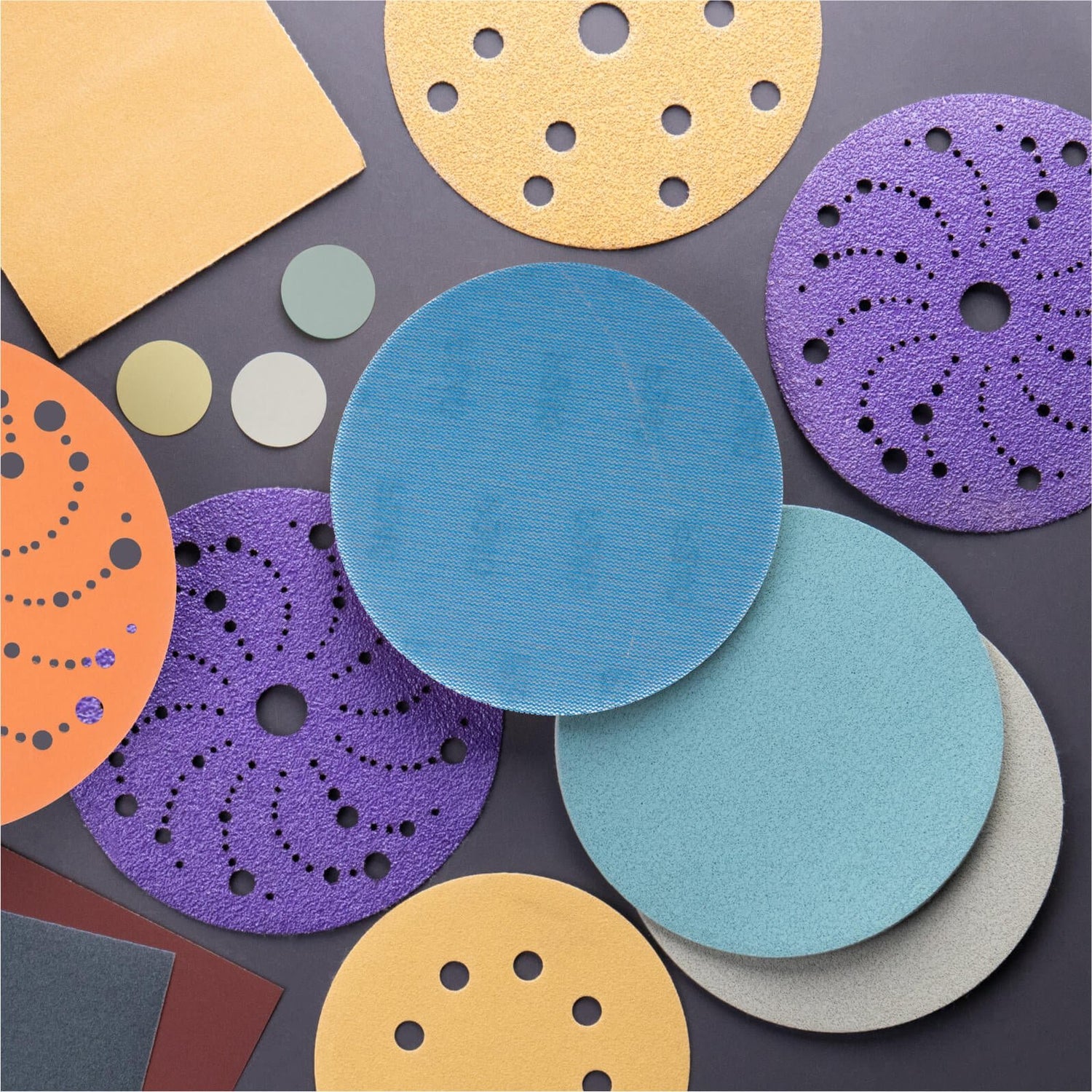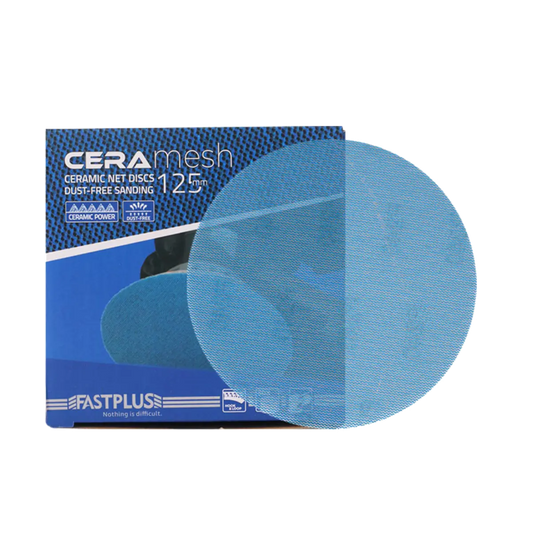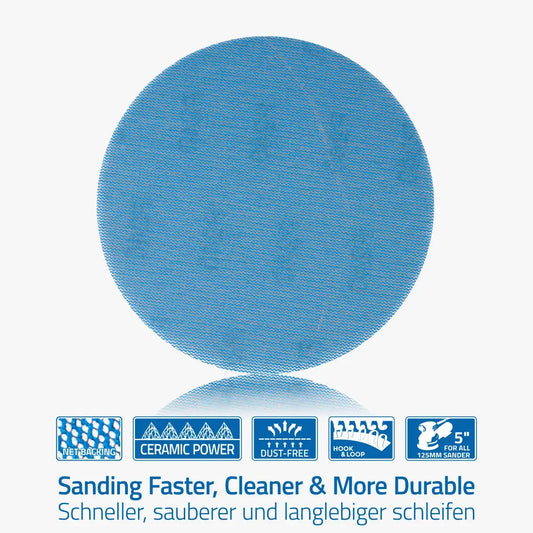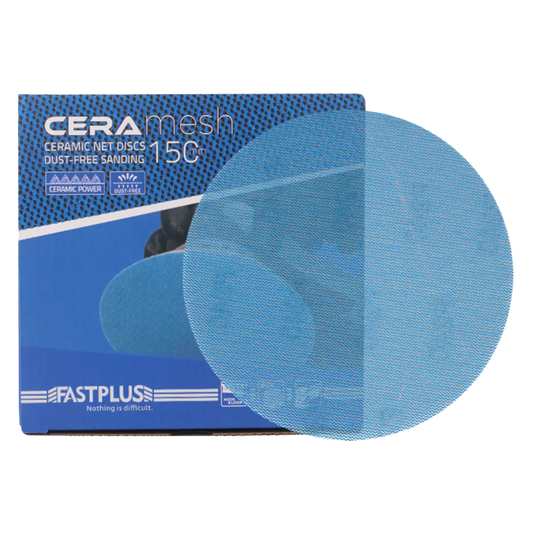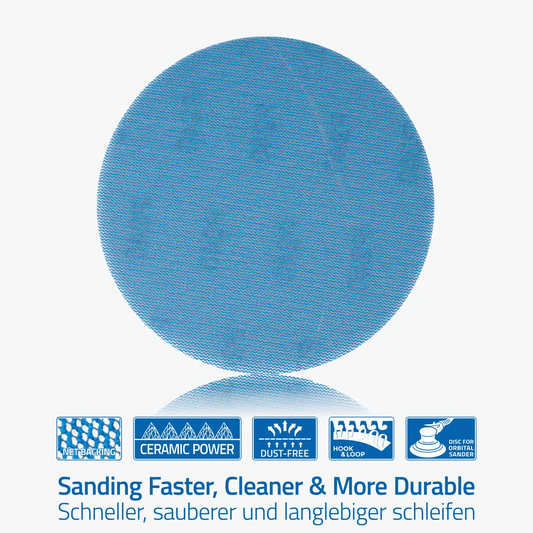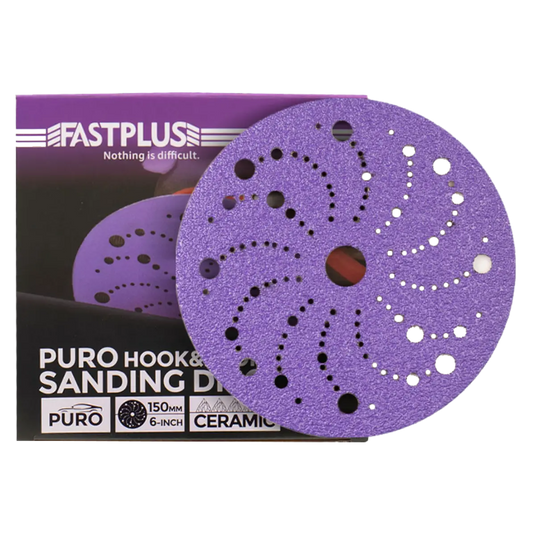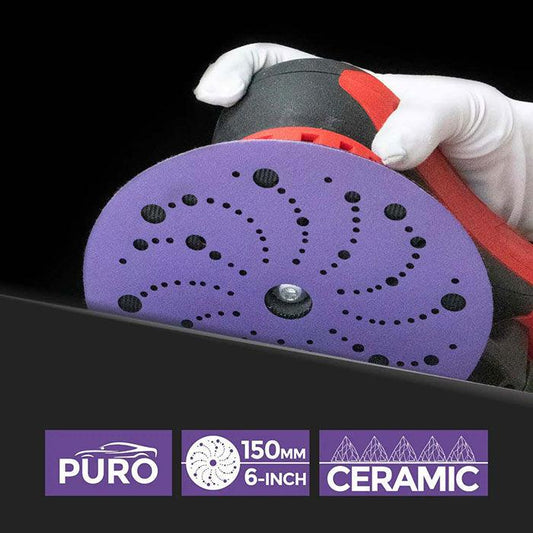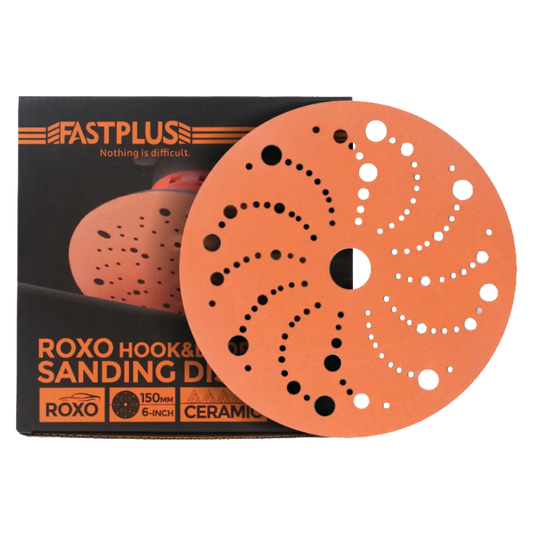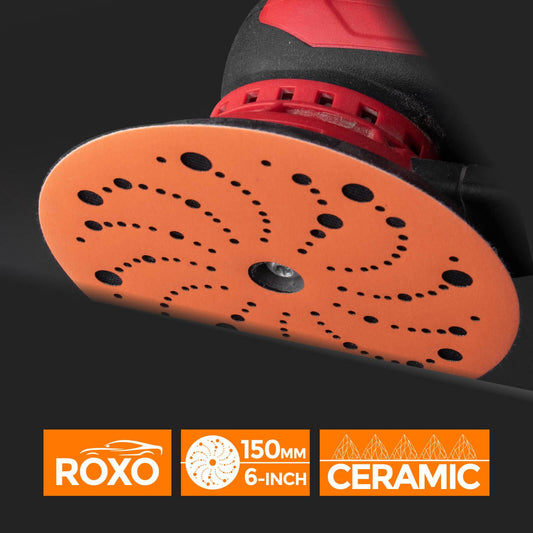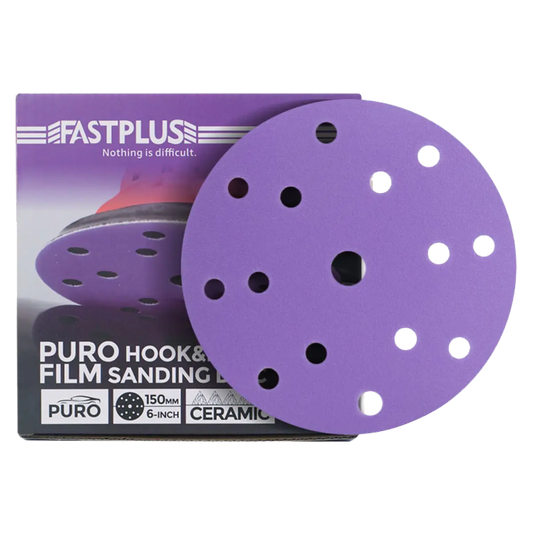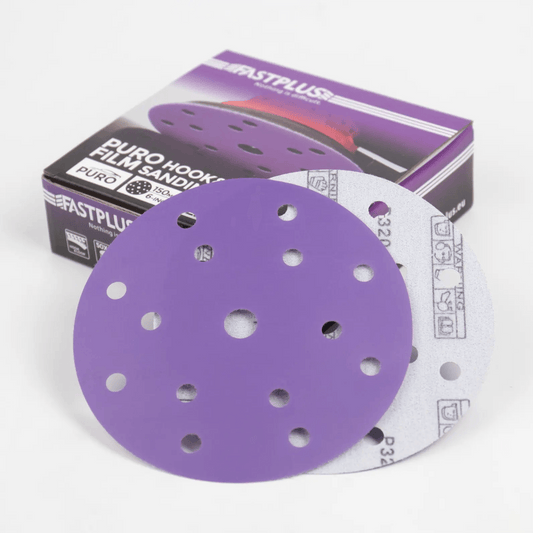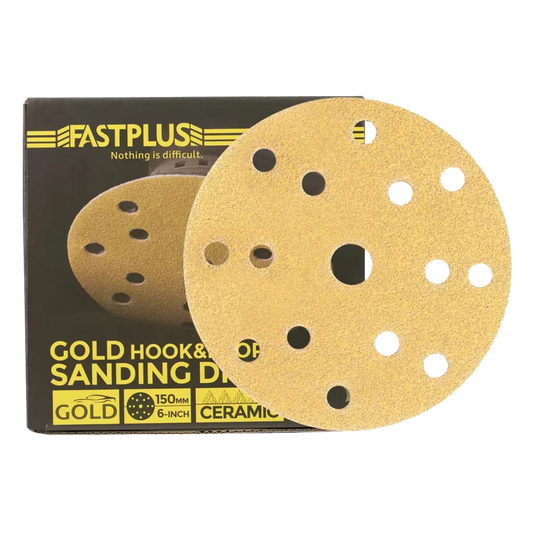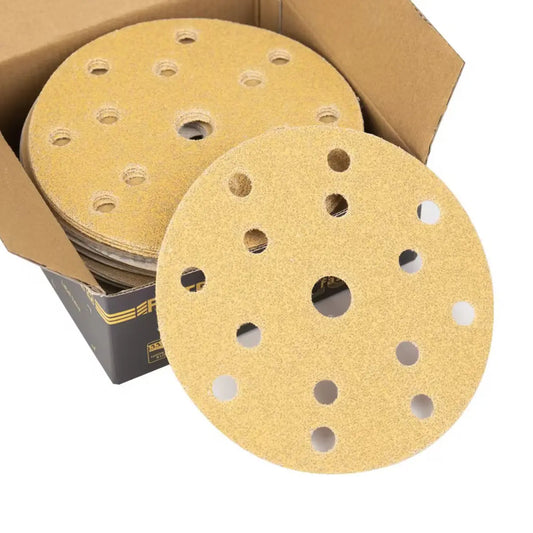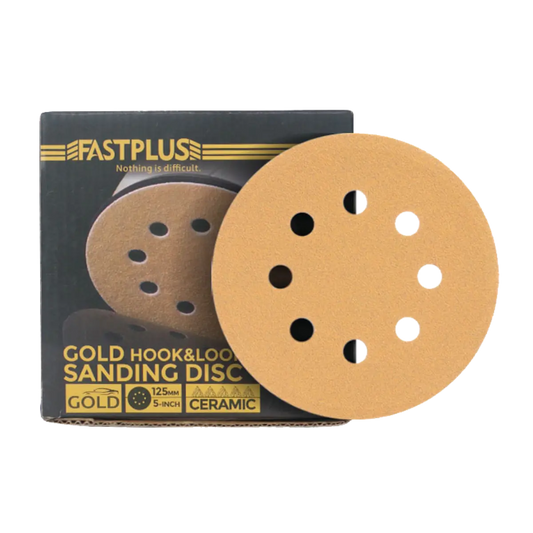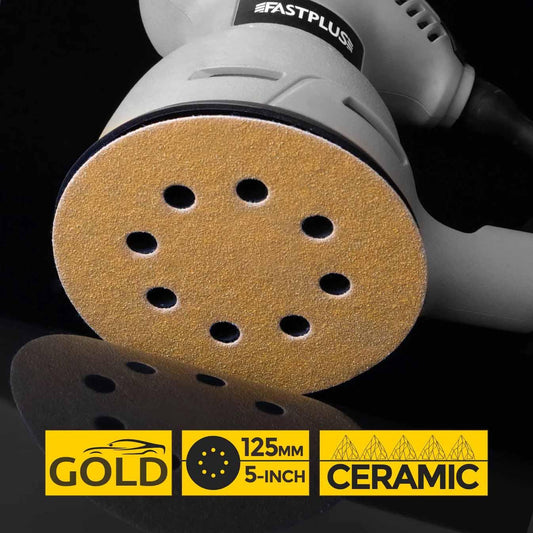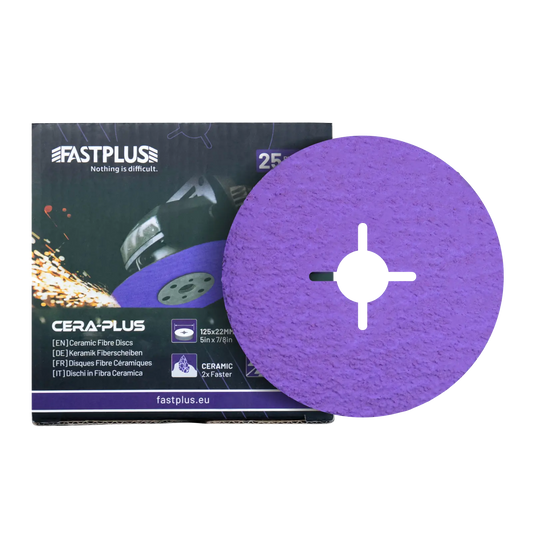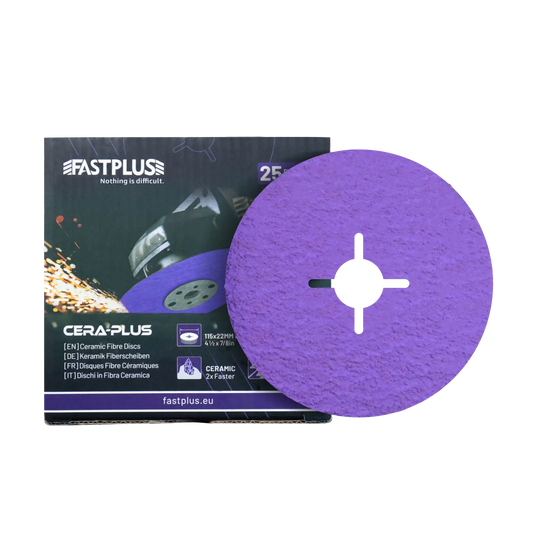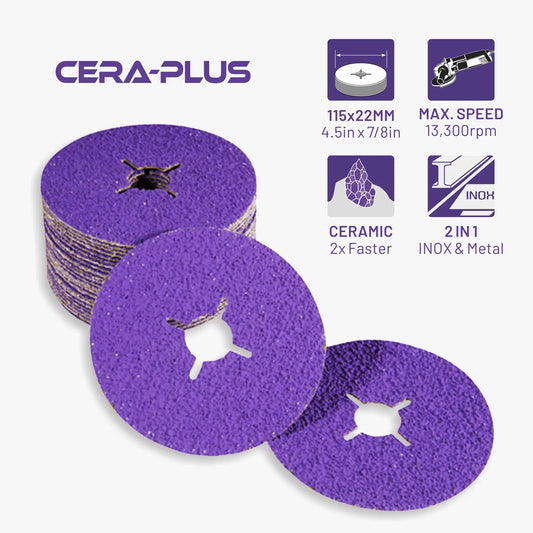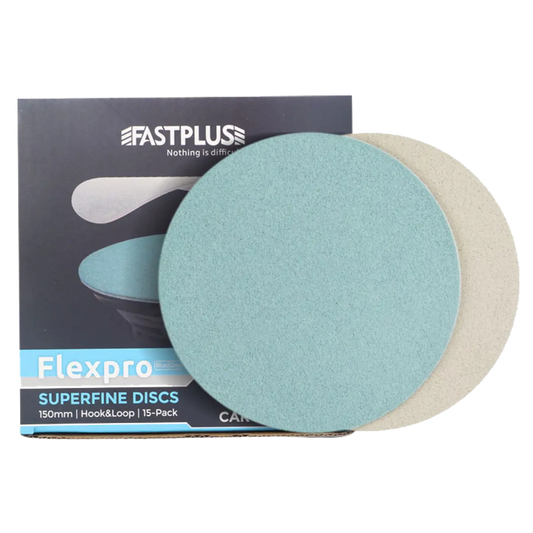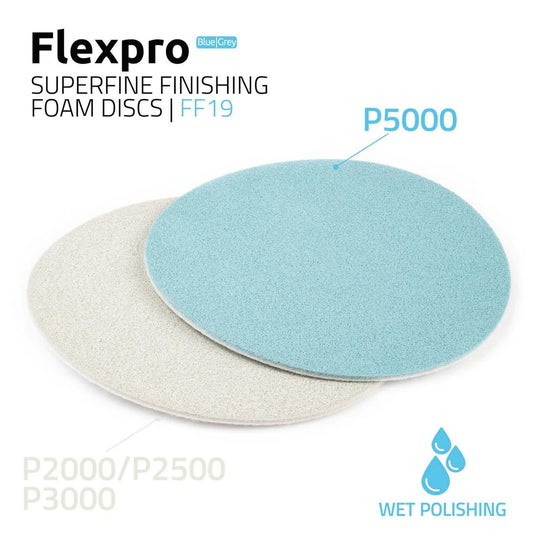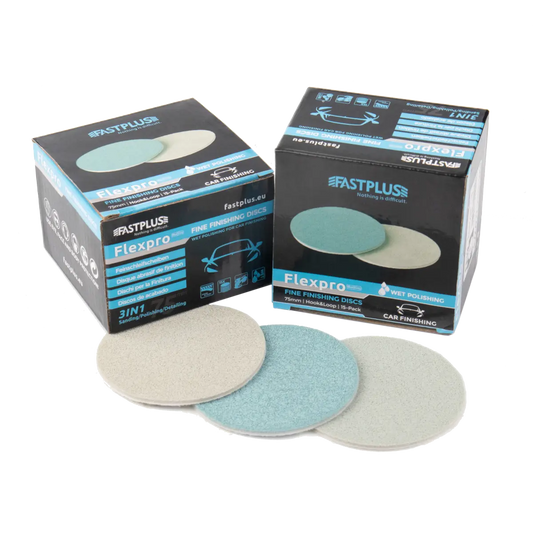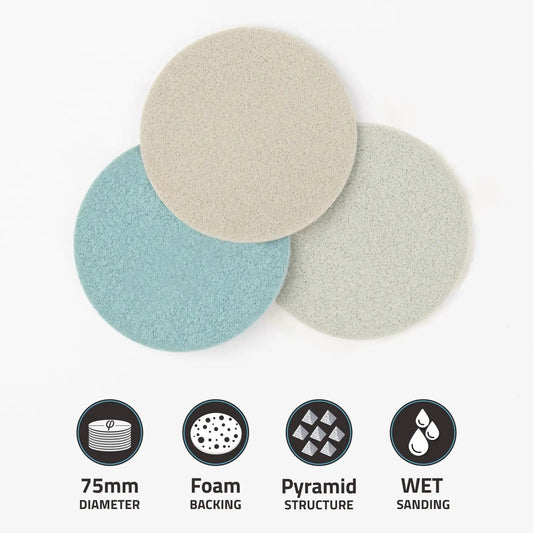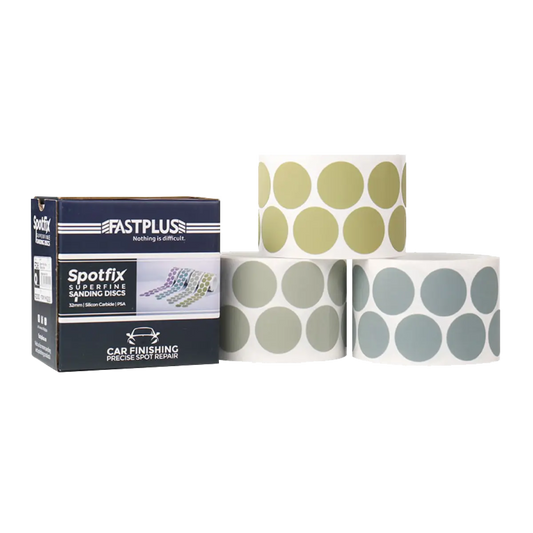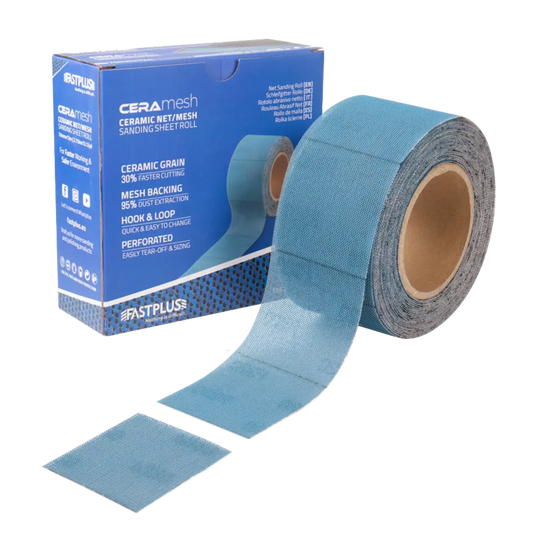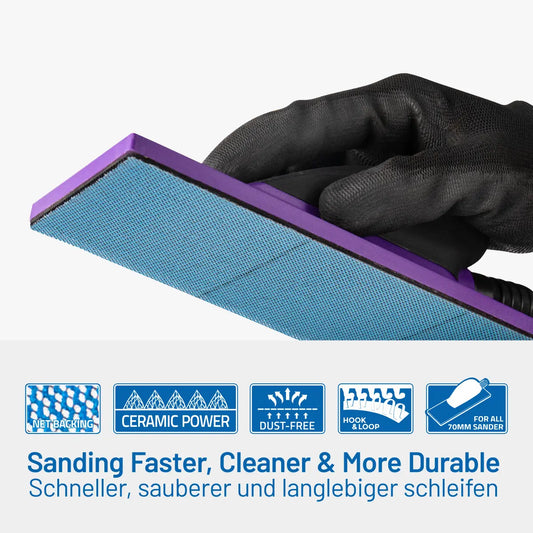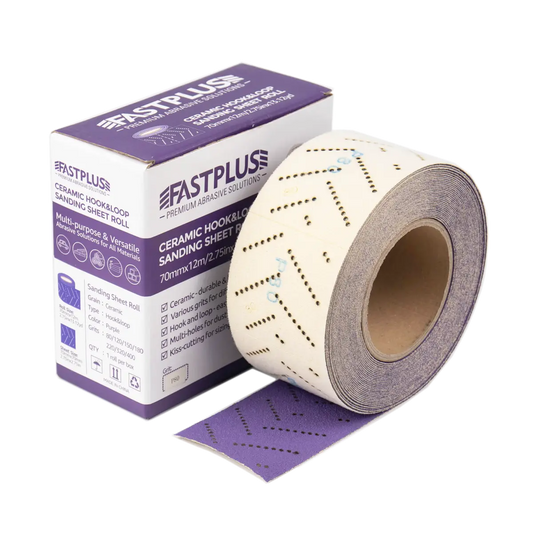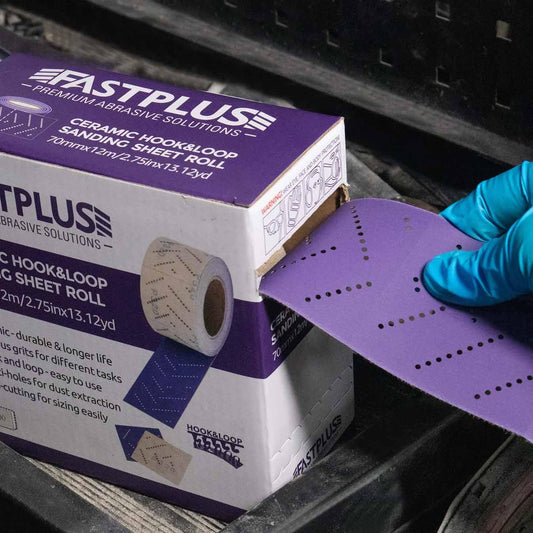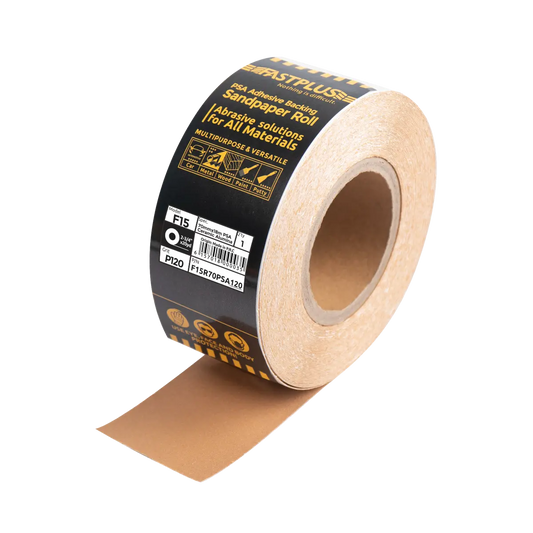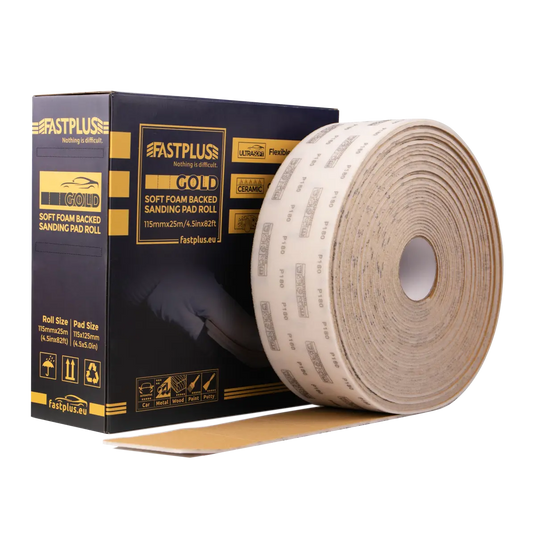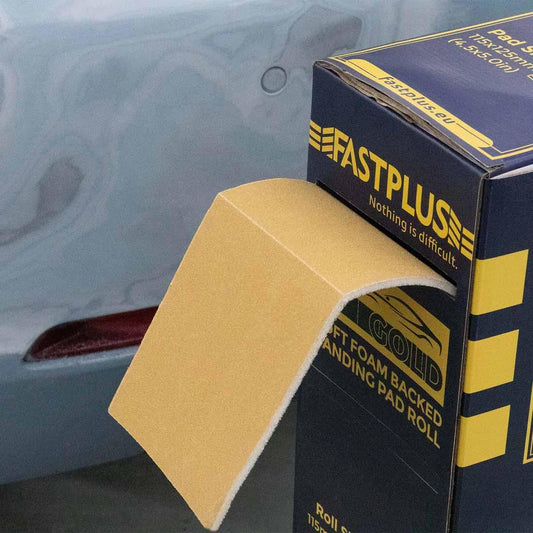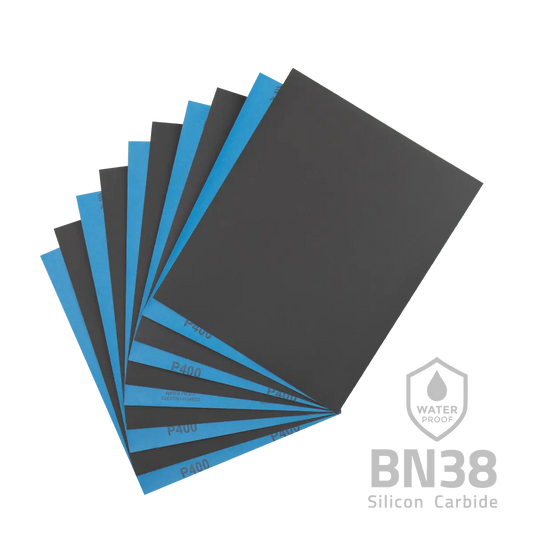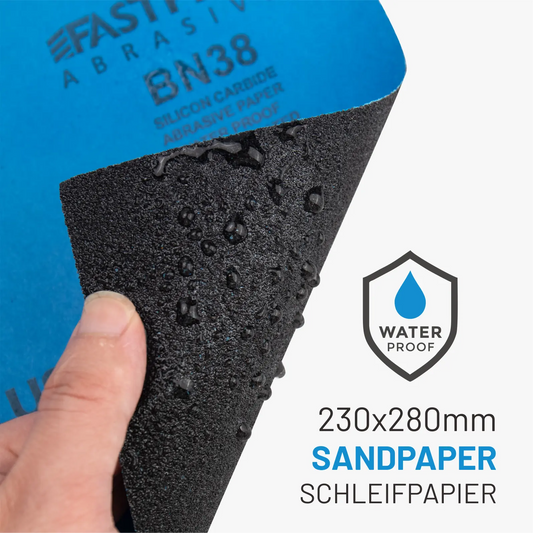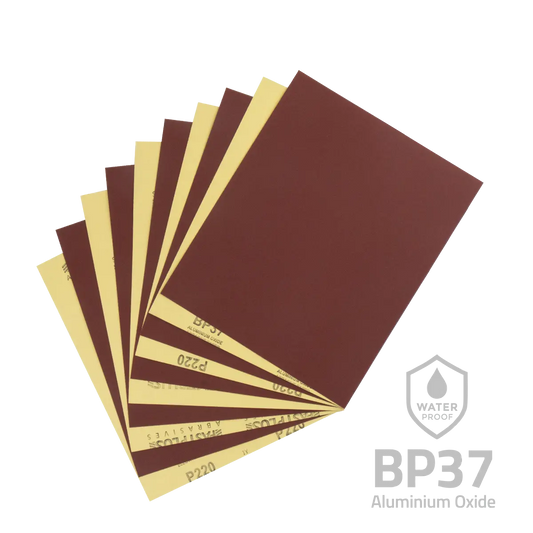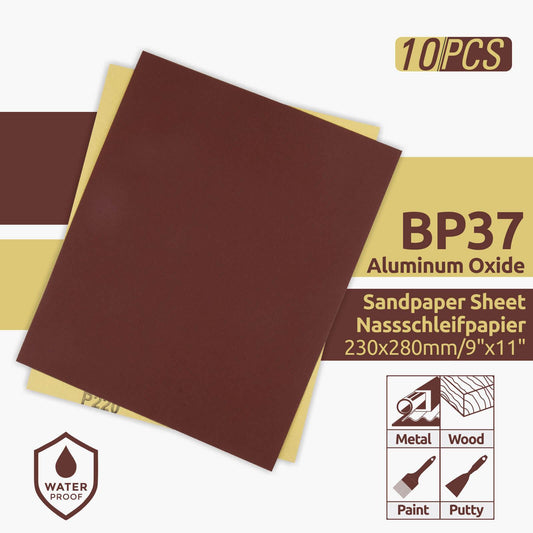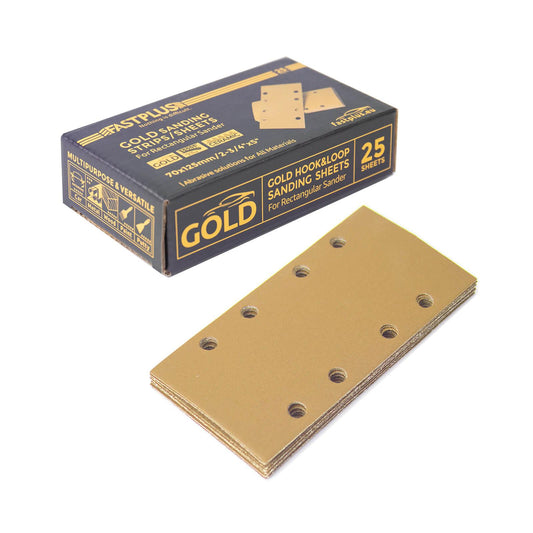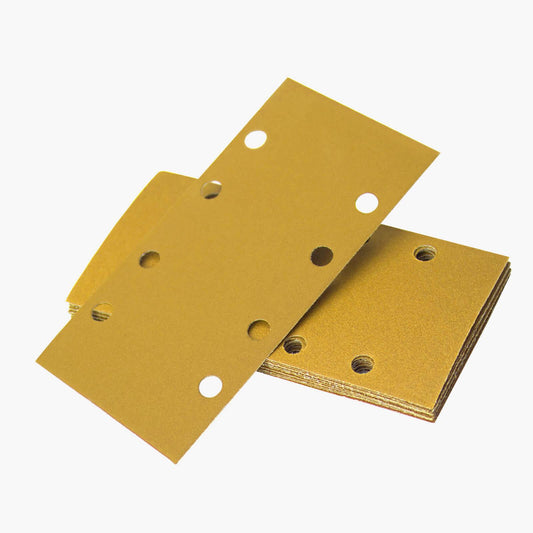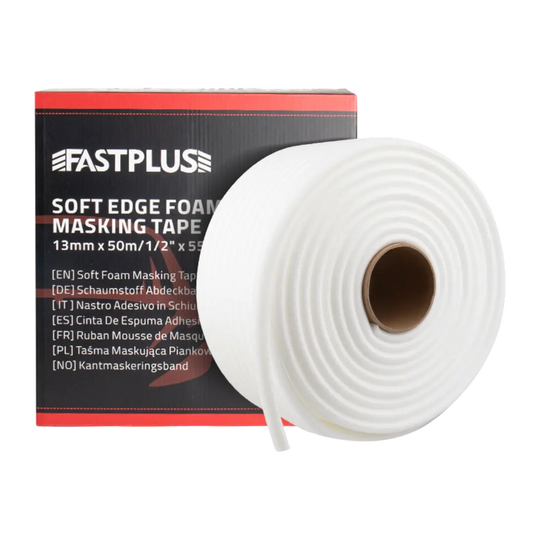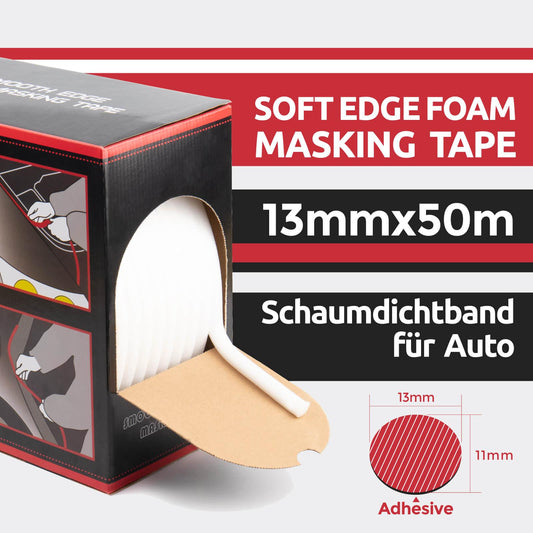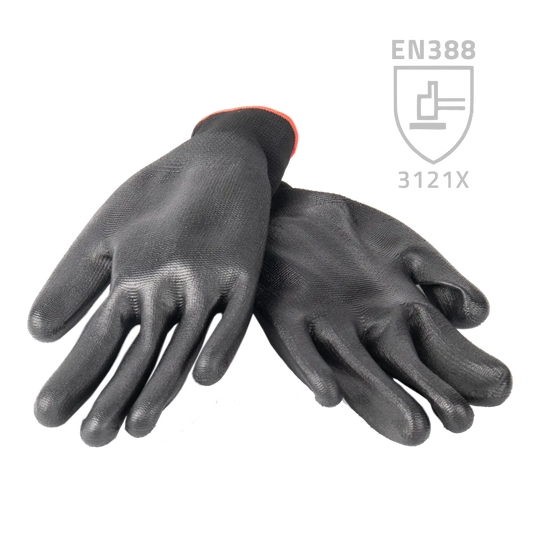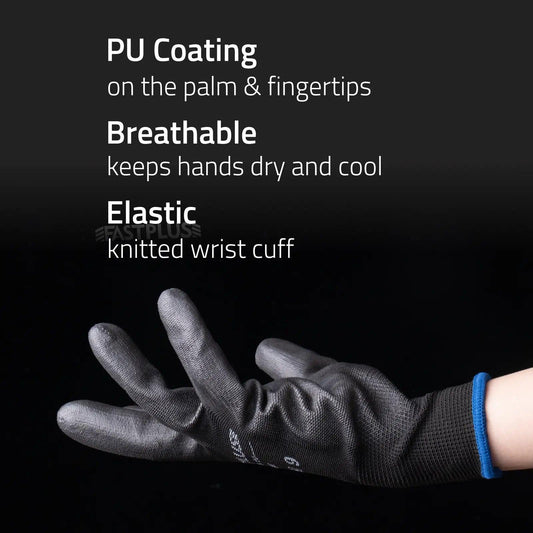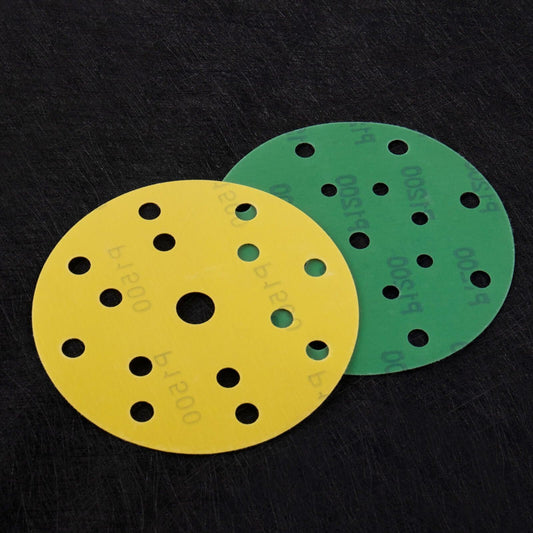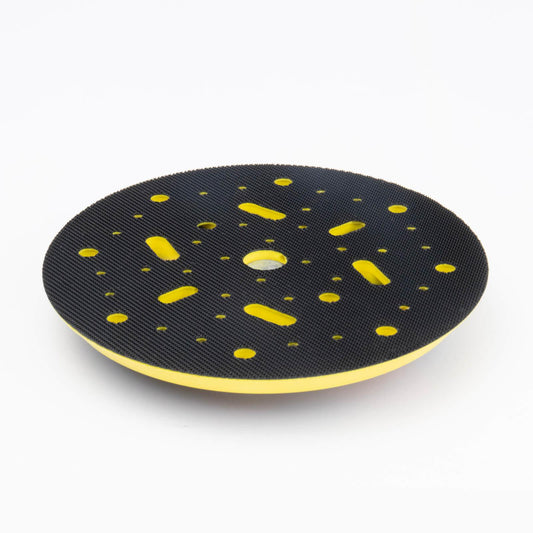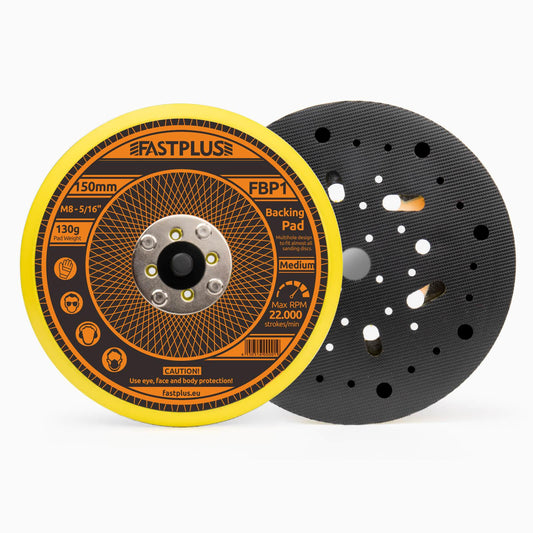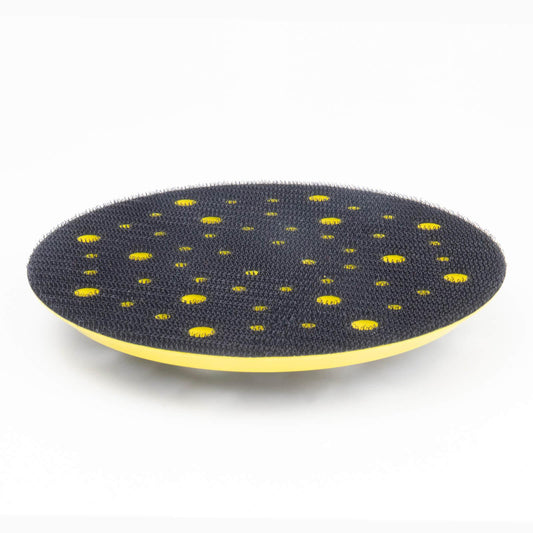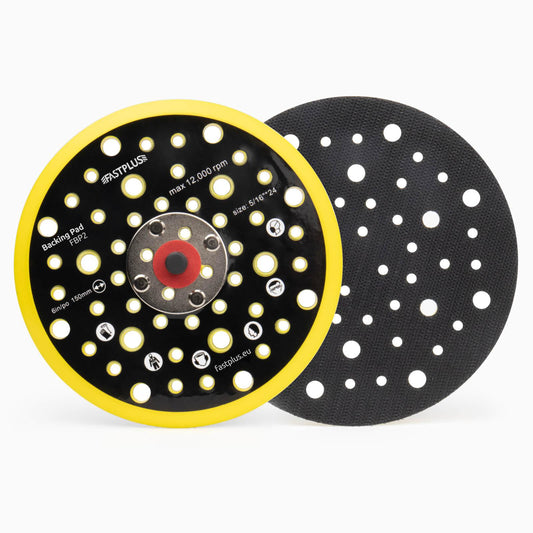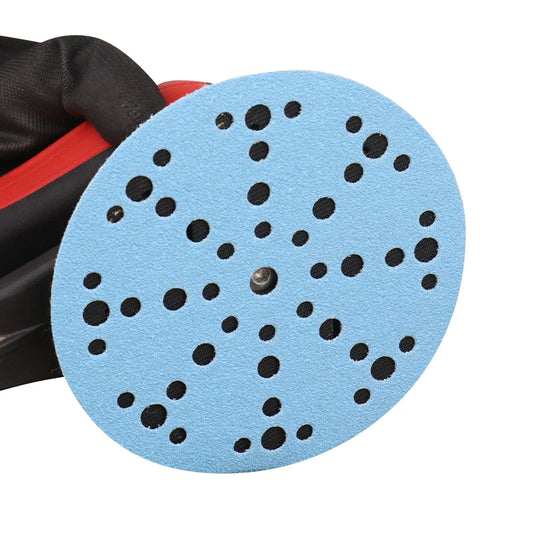
Car Painting Tips: Basecoat, Clearcoat, and Undercoat Removal
In the automotive painting industry, achieving flawless results requires meticulous attention to every step of the process, from carefully preparing the surface to expertly applying primer, undercoat, clear coat, and polishing. Surface preparation ensures proper adhesion and longevity of the paint job. Critical to removing old coatings, smoothing out imperfections, and providing for paint adhesion during surface preparation, sandpaper is an indispensable tool for achieving the smoothness and durability required for automotive paintwork.
With the advancement of technology, the modern car painting process employs a variety of advanced techniques for removing different layers of paint and sanding methods to ensure a perfect result. In this blog, we will delve into these techniques and methods to help practitioners in the automotive painting industry, as well as car owners, improve their craft.
Understanding Car Paint Layers
Car paint comprises several layers, each serving a distinct purpose in preserving the vehicle's appearance and protection against environmental elements.
Clearcoat:
Clearcoat is the outermost layer of paint, acting as a protective barrier against UV rays, moisture, and debris. Its primary function is to enhance the shine and depth of the paint job, giving the car a glossy finish. Over time, clearcoat can degrade due to exposure, leading to dullness or oxidation.
Basecoat:
Basecoat provides the color for the vehicle and is applied over the primer layer. There are various types of basecoats available, including solid, metallic, pearl, and matte finishes. Solid basecoats offer a uniform color appearance, while metallic and pearl basecoats incorporate reflective particles for added depth and luster. Choosing the right basecoat is crucial for achieving the desired aesthetic outcome.
Undercoat:
Older cars may feature an undercoat layer, typically applied to enhance rust resistance and provide additional protection to the vehicle's body. Undercoats may consist of rust inhibitors, sealants, or sound-deadening materials, depending on the vehicle's make and model. While undercoats are optional in modern car painting processes, they play a significant role in older vehicles' longevity and durability.
Identifying Signs of Paint Removal:
Recognizing signs of damaged, peeling, or faded paint layers is essential for determining when paint removal is necessary. Common indicators include paint flaking, bubbling, or discoloration, indicating underlying issues such as corrosion or poor adhesion. Additionally, a dull or uneven surface may suggest the need for paint removal to restore the vehicle's appearance and protect against further deterioration. Regular inspection and maintenance can help identify these signs early, ensuring timely intervention and preserving the integrity of the paint job.
Methods for Basecoat Removal
Sanding:
Sanding is a common method for removing basecoat paint, involving the use of abrasive materials to gradually wear down the paint layer. This technique requires the selection of appropriate grit sandpaper based on the paint's thickness and hardness. Careful sanding ensures the removal of the basecoat while minimizing damage to the underlying layers.
Chemical Stripping:
Chemical stripping involves the application of paint-removing agents to dissolve the basecoat paint chemically. These agents break down the paint's bonds, allowing for easy removal with scraping or pressure washing. Chemical stripping is effective for removing multiple layers of paint and is particularly useful for intricate or curved surfaces.
Heat Gun Method:
The heat gun method utilizes heat to soften the basecoat paint, making it easier to scrape or peel off. This technique involves carefully heating the paint surface with a heat gun at a controlled temperature to avoid damaging the underlying substrate. Once the paint is softened, it can be removed using a scraper or putty knife, followed by sanding to achieve a smooth finish.
Methods for Clearcoat Removal
Dry Sanding:
Dry sanding is another common method for clearcoat removal, involving the use of abrasive sandpaper without water lubrication. This technique requires careful control of pressure and sandpaper grit to prevent overheating and surface damage. Dry sanding is suitable for small areas or localized clearcoat removal but may generate more dust and require frequent sandpaper changes.
Wet Sanding:
Wet sanding involves using water to lubricate the sandpaper, reducing friction and heat buildup while removing the clearcoat. This method allows for smoother and more controlled sanding, minimizing the risk of damaging the underlying layers. Wet sanding is particularly effective for leveling uneven clearcoat surfaces and achieving a uniform finish.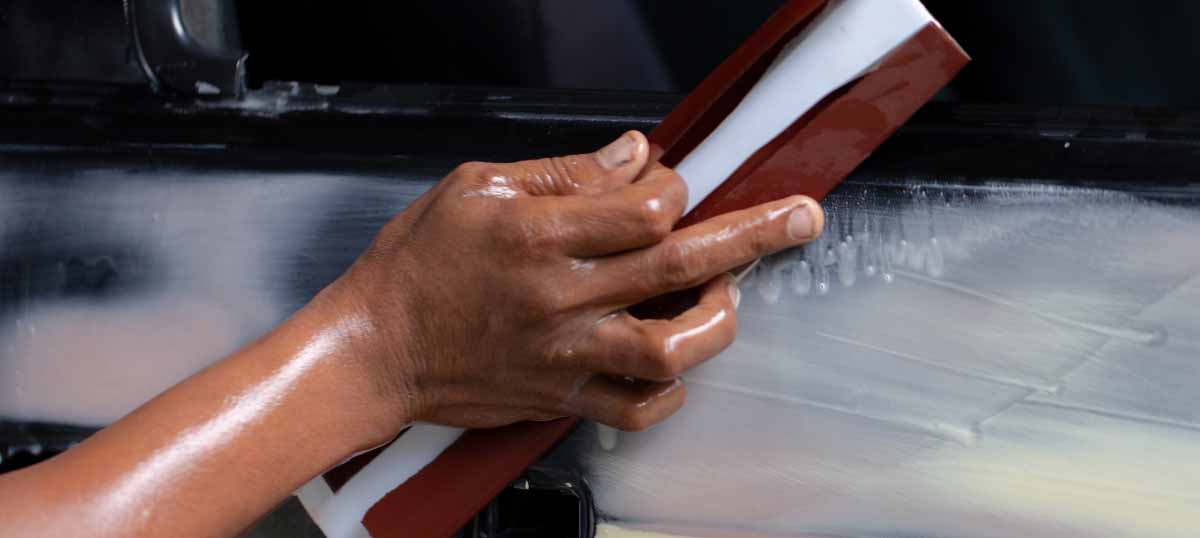
Chemical Removal:
Chemical removal utilizes specialized paint-stripping agents to dissolve the clearcoat chemically, allowing for easy removal without abrasive action. These chemical removers penetrate the clearcoat layers, breaking down its bonds and facilitating scraping or wiping off. Chemical removal is effective for large surface areas or intricate contours but requires proper ventilation and safety precautions.
Methods for Undercoat Removal
Sanding:
Sanding is a manual method for undercoat removal, involving the use of abrasive materials to wear down the protective layer gradually. Coarse grit sandpaper or sanding discs are employed to break through the undercoat's surface, followed by finer grits to achieve a smooth finish. Sanding is effective for localized undercoat removal and allows for precise control over the process.
Chemical Removal:
Chemical removers offer an alternative approach to undercoat removal, utilizing potent solvents to dissolve the undercoating material. These chemical agents penetrate the undercoat's bonds, softening it for easy removal with scraping or pressure washing. Chemical removal is suitable for large surface areas or stubborn undercoatings but requires careful application to avoid damage to surrounding components.
Power Tools:
Power tools such as rotary sanders, grinders, or oscillating tools equipped with abrasive attachments can expedite undercoat removal, especially in hard-to-reach areas or tight spaces. These tools provide mechanical assistance, increasing efficiency and reducing manual labor. However, caution must be exercised to prevent overaggressive sanding or damage to the vehicle's substrate.
Choosing the Right Sandpaper for the Paint Removal
Sandpaper Types:
- Wet/Dry Sandpaper: Versatile option suitable for both wet and dry sanding applications, offering flexibility and durability.
- Film Sandpapers: Film sanding papers offer high durability and tear resistance, making them suitable for aggressive sanding or wet applications.
- Sanding Discs: Ideal for power sanders, providing efficient material removal and consistent results.
- Sanding Sponges: Flexible and contoured for easy maneuverability, suitable for curved surfaces and intricate areas.
Grit Selection:
- 80-120 grit: Suitable for heavy paint removal, ideal for removing undercoat or thick layers of clearcoat.
- 180-220 grit: Moderate abrasiveness, suitable for removing basecoat or finer layers of clearcoat.
- 320-400 grit: Fine grit for smoothing surfaces and preparing for primer application.
- 600-800 grit: Very fine grit for final sanding before painting, ensuring a smooth finish.
- 1000-2000 grit: Extra fine grit for polishing and buffing, eliminating imperfections and achieving a glossy shine.
Recommended uses for various car paint materials:
- Primer: Coarser grits for initial surface preparation, finer grits for smoothing before painting.
- Metal: Coarser grits for removing rust or corrosion, finer grits for polishing and finishing.
Additional Considerations:
- Hand Sanding vs. Power Sanders: Hand sanding offers precision and control, ideal for small areas or delicate surfaces. Power sanders provide efficiency and speed, suitable for larger projects or heavy-duty tasks.
- Uses of Sanding Block: Using a sanding block ensures even pressure distribution across the sandpaper, preventing uneven wear and surface imperfections.
Conclusion
In short, the use of advanced sanding techniques, such as wet sanding, dry sanding, and chemical stripping, ensures that the paint is removed accurately while protecting the undercoat. By understanding the nuances of grit selection and sandpaper type, you can be sure to provide a perfect finish that will stand the test of time.
Buy Factory-Direct Fastplus Abrasives
Want to purchase high-quality, factory-direct sanding discs, sanding sheet rolls, and film abrasive discs for automotive applications? Try Fastplus Abrasives today and place your orders online!
